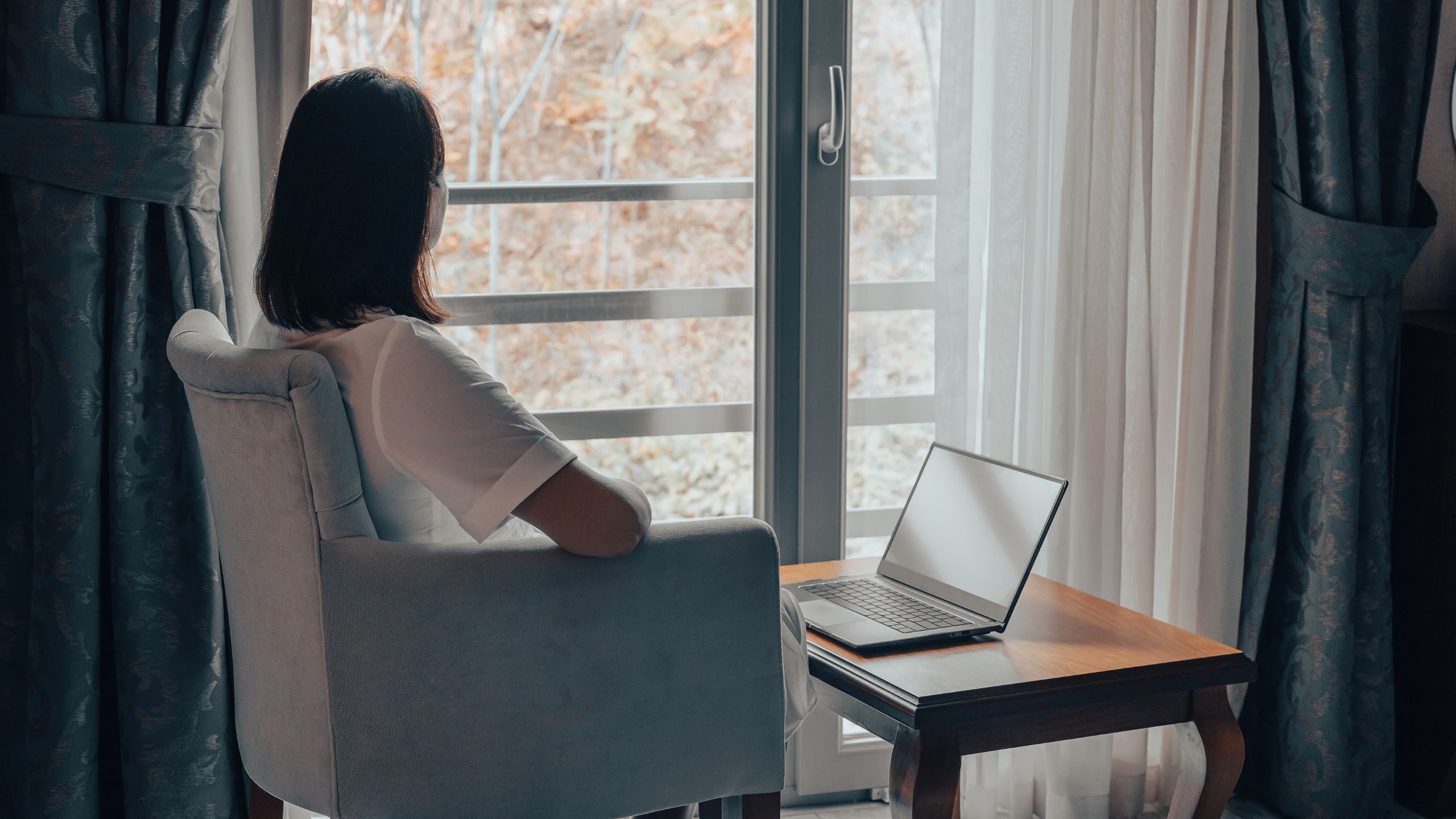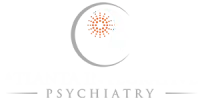
What Are the Symptoms of Seasonal Affective Disorder?
It is important to know that seasonal affective disorder (SAD) is a type of depressive disorder. It is classified as such in the fifth edition of the Diagnostic and Statistical Manual of Mental Disorders (DSM-5). Because of this, Seasonal affective disorder symptoms tend to be similar to depression symptoms. Symptoms of depression can be different from person to person. However common symptoms include feelings of hopelessness, pervasive sense of emptiness, loss of interest in activities or hobbies once enjoyed. It can also manifest in sleep and appetite changes as well as fatigue or a loss of energy. Seasonal affective disorder does present with some distinct differences based on the seasonal pattern.
If you or a loved one are struggling, our depression treatment in Atlanta can help call us now or schedule a free assessment with us today!
Winter-pattern SAD symptoms often include:
- Hypersominia, or excessive sleepiness. Individuals may find it harder to stay awake during daily activities such as attending work meetings, watching television, or reading.
- Lethargy, or feelings of sluggishness is another symptom of winter-pattern SAD. This sluggishness can feel as though one’s mind is always foggy, making it difficult to make decisions or pay attention. Lethargy can also result in withdrawing from social events and interactions, compounding feelings of loneliness and worthlessness.
- Weight-gain is another symptom, this is a result of the body’s need for quick energy boosts. While producing a surge in “feel-good” hormones that can be provided by carbohydrates while physical activity may be harder to achieve.
Summer-pattern SAD symptoms tend to look differently and include:
- Opposite to winter-pattern seasonal affective disorder symptoms, summer-patterns in SAD sleep disturbances most commonly present in the form of insomnia. Insomnia often results in more irritability and agitation as well.
- Weight-loss due to poor appetite.
- Aggressive and violent behavior is also common with summer-pattern SAD.

Signs and Risk Factors Seasonal Affective Disorder
Seasonal Patterns: SAD tends to follow a predictable pattern, with symptoms recurring around the same time each year, particularly during fall and winter.
Where You Live: Regions further from the equator experience more significant changes in daylight duration between seasons. With shorter days and reduced sunlight during fall and winter months. SAD tends to be more common in individuals who live further from the equator, due to variations in daylight exposure throughout the year.
Family History: A history of having depression or bipolar disorder seems to increase the risk of developing SAD.
Age & Gender: Interestingly, young age and being female also increase the risk of developing SAD, with women being diagnosed four times more frequently than men.
Seasonal Affective Disorder Diagnosis & Treatment
To be diagnosed with SAD individuals must meet this criteria:
- Signs of depression or the specific seasonal affective disorder symptoms mentioned earlier for winter- or summer-patterns.
- Periods of feeling down happen during certain seasons (winter or summer) for at least 2 years in a row. But not everyone with SAD feels this way every year.
- Bouts of feeling down during these seasons happen more often than at other times of the year.
There are many treatments for depression that include lifestyle changes, diet changes, meditation, and various forms of therapy. Seasonal affective disorder, however, has even more targeted and specific treatment methods that include:
- Light Therapy: Since the 1980s, light therapy has been a common treatment plan for winter-pattern SAD. It involves exposure to a bright light box (10,000 lux) daily for 30-45 minutes, typically in the morning from fall to spring.
- Psychotherapy: Also known as talk therapy or counseling, psychotherapy helps by teaching new ways of thinking and behaving. Cognitive Behavioral Therapy (CBT), adapted for SAD (CBT-SAD), challenges negative thoughts and behaviors.
- Antidepressant Medication: Effective alone or in combination with talk therapy, antidepressants take 4-8 weeks to show improvement, particularly in sleep, appetite, and concentration. Selective serotonin reuptake inhibitors (SSRIs) are commonly used due to their impact on serotonin activity. Bupropion, an extended-release antidepressant, can prevent recurrent seasonal depressive episodes.
- Vitamin D: Many with winter-pattern SAD have vitamin D deficiency, so supplements may help. Studies show mixed results regarding effectiveness compared to light therapy.
Learn More About Seasonal Affective Disorder in Atlanta
Atlanta Integrative Psychiatry stands as a beacon of hope for those grappling with seasonal affective disorder symptoms and other mental health concerns.
At our treatment center in Atlanta, Georgia, you will find a team of highly skilled and deeply compassionate professionals equipped to address the diverse needs of individuals experiencing Seasonal Affective Disorder symptoms. Our team of experienced professionals is dedicated to providing personalized care and support, empowering clients to navigate the challenges of SAD and reclaim their mental well-being. Whether it’s crafting tailored treatment plans, offering compassionate guidance, or staying abreast of the latest advancements in SAD management, Atlanta Integrative Psychiatry is committed to being a trusted ally on the journey to healing. For additional information call us today or schedule an appointment now.





